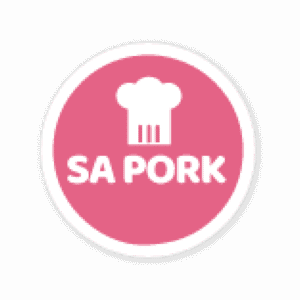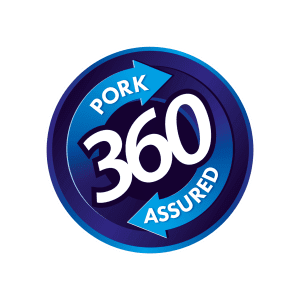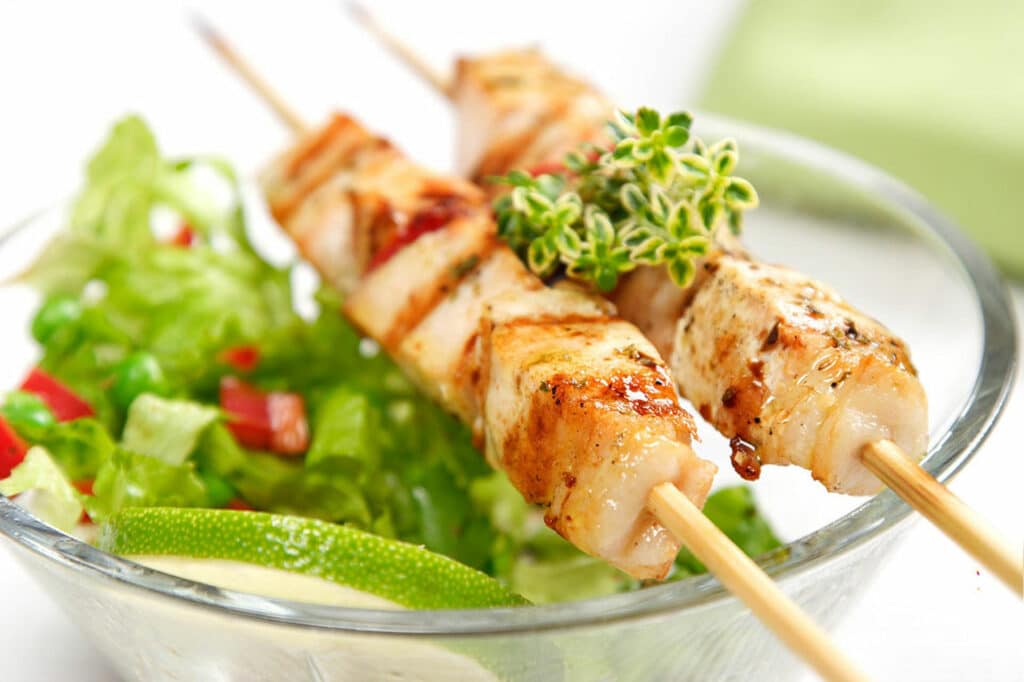Glenneis Kriel and the Pig Site*
While pork consumption has been relatively stagnant in most developed countries, average consumption in South Africa has increased by roughly 3,5% per year over the past decade, says Johann Kotzé, CEO of the South African Pork Producers’ Association (SAPPO). According to the Bureau for Food and Agricultural Policy (BFAP), pork consumption in South Africa grew by more than 30% over the past decade and is expected to grow by another 30% over the next decade.
Tell us more about this achievement?
The trend should be seen in context. South Africa is not really a pork eating nation. Whereas pork consumption represents around 38% of the global per capita consumption of meat, it only represents 8% of the 62kg per capita meat consumption in South Africa.
Growth has therefore been from a small base, increasing from about 4,5kg per capita to about 5,2kg per capita over the past five years. Total consumption for 2016 amounted to about 240 000 tons.
To what do you ascribe the growth?
The industry has and is still working hard to promote pork consumption and bust prejudices associated with pig production and consumption. The growing South African middle class is also resulting in people having more money to spend on meat.
On top of that, meat prices are generally high at the moment, because of the impact of avian influenza on poultry stock levels, as well as a shortage of red meat due to sheep and cattle farmers rebuilding herds following large scale liquidations due to the past two seasons’ drought.
Pork, while following this price trend, is still relatively affordable in comparison with beef, mutton and lamb. People are therefore buying and eating more pork than they used to in the past and this is resulting in them gaining first hand experience of the versatility and tastiness of pork.
Who is your target market?
The industry before starting a marketing campaign almost ten years ago, looked at the various LMS (Living Standards Measure) groups in South Africa and identified the lower middle class, middle class and wealthy consumers as the segments representing the biggest potential for growth.
The lower middle class with its more than 20 million adults represents the biggest portion of South Africans. The majority of people in this group used to spend most of their money on grain based staple foods and cheaper meat products, such as poultry and off-cuts. Once they move into the lower middle class, they are looking for better meat products and spend about 27 percent of their income on meat.
In price terms, pork is seen as something between poultry and beef, so most of the people in this group are unfamiliar with pork. We realised we would have to introduce the meat to them if we wanted them to eat more pork.
The middle class, representing about 8,5 million people in the LSM 7 and 8 groups, are more aware of their social status. They tend to buy products at retailers that are associated with affluence because of their desire to communicate their success to others. They spend about 28% of their income on meat products. We realised that if we wanted to capture this group, we would have to target them through the retailers they associate with prosperity.
Wealthy consumers in the LSM 9 and 10 groups represent about 6 million people. They spend up to 43% of their income on buying meat. This group has become more aware of the origins of their food and animal welfare. To capture them, you need guarantees of quality and ethical production practices.
Diverse culture
The thing with South Africa, however, is that it has a very diverse cultural population, each with their own unique eating habits and traditions.
To illustrate, we have eleven official languages. Looking at the economic status of different groups on its own is for this reason not a guarantee for marketing success. The marketing strategies also need to be adapted to accommodate different subgroups in the various LSM segments.
What do promotions entail?
SAPPO has been running a consumer education programme with a focus on cultural-based marketing for more than five years now. It basically consists of joint venture campaigns with retail groups, influential food personalities, food competitions and various regional projects.
One problem we found was that people tended to overcook pork. So, we launched instore promotions where people had an opportunity to taste pork in the way it should be cooked. We also developed various trendy recipes that take the cultural heritage of different groups into account to teach especially the new emerging middle class how to cook pork.
These recipes were published in retail magazines, consumer magazines and shared over the radio and via television. Along with these we introduced budget recipes – recipes that would feed six or eight people for under R20 a person (that is less than two British Pounds per person).
We analysed the media in terms of radio stations and published media to identify the best mediums to reach the middle class. On top of that we appointed a multilingual “pork” ambassador to host talks on the benefits of pork at events attended by up to 400 people at a time.
How did you address negative stigmas?
I think the South African pork industry traditionally adopted a low profile, which over time started counting against it. Now, however, we are putting more effort into informing consumers about production practices.
People, for example, used to be unaware that South African producers are not allowed to feed swill to their pigs or that the majority of production takes place in sow friendly group housing.
Audit scheme
Our Pork 360 audit scheme, which was launched in 2016, has brought traceability throughout the supply chain, from farm to fork, and serves as assurance of animal welfare and that only high quality, safe and healthy products reach the market. The scheme is internationally certified by ISC Global and currently has over 58 500 certified sows in the programme.
Participating producers are audited annually to ensure minimum standards are adhered to in terms of biosecurity, pest control, medication, feed control, effluent management, transport and housing. Based on our experience, the majority of South African pork producers are on par with international best practices in terms of production and animal welfare.
South African pork producers were really struggling during the drought, how has this situation changed?
The situation is looking much better now, where maize prices turned around
R4 800/ton (roughly 266 GBP) during the drought, maize at the moment is trading for about R1 800/ton (100 GBP) due to a record harvest this season. Market prices, as mentioned earlier, has also increased over this time from about R18/kg (1 GBP) to R28/kg (1,6 GBP). The majority of producers are now building their herds, with the average size increasing from about 1 500 to 2 000 sows.
What are your plans for the future?
The main role of SAPPO is to promote the pork industry, so we will continue with our marketing campaigns. We have also initiated various other programmes to achieve this goal. For example, we are in the process of developing a digital information bank that will allow producers and other role-players across the supply chain to benchmark themselves against other local and even international role-players. The information will allow industry players to make more informed decisions and identify ways to improve efficiencies. The data bank will be overseen by a third party, to prevent information abuse.
SAPPO is also in the process of changing its corporate image: Our slogan has been changed to “Let’s talk pork” to emphasise our role in facilitating communication between producers and other role-players in the supply chain as well as with consumers, the media and government. We have also recently bought our own building in Pretoria, to strengthen the image that we are serious about the industry.
In addition, the industry is doing a lot to empower emerging farmers. Pork production has a high barrier to entry, with a producers needing to invest roughly
R80 000 to 100 000 per sow (5 000 to 5555 GBP) to go into intensive production. The average commercial farm has 1 000 sows. Chances that a small-scale farmers, who owns 20 to 50 sows, might ever be able to go this large is slim, but that does not mean they will not be able to make any money from the industry. We want to pair these farmers with mentors and retired veterinarians to help them improve production efficiencies and animal health.
We are in the process of negotiating funding from various cooperative companies, to facilitate this programme. Many South African companies want to get involved with transformation, but they are afraid to become involved when programmes are not well structured. SAPPO, therefore, wants to become a vehicle through which this funding can be channelled.
*This article previously appeared in Farmer’s Weekly
The South African Pork Producers’ Organisation (SAPPO) coordinates industry interventions and collaboratively manages risks in the value chain to enable the sustainability and profitability of pork producers in South Africa.








